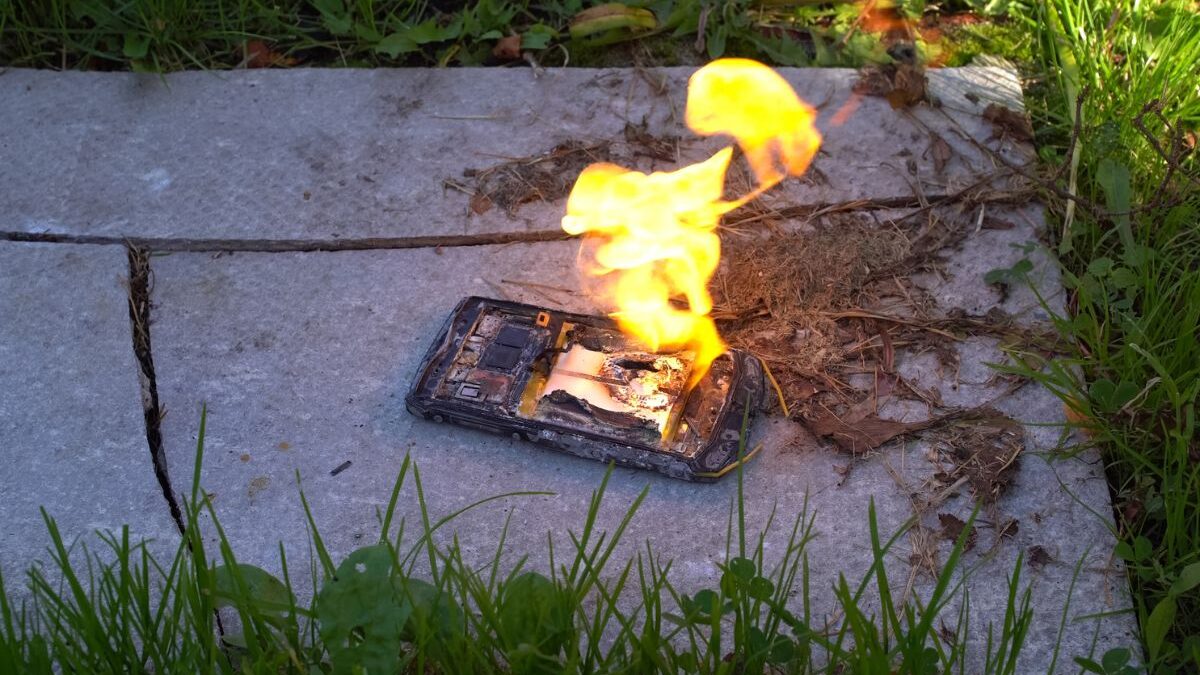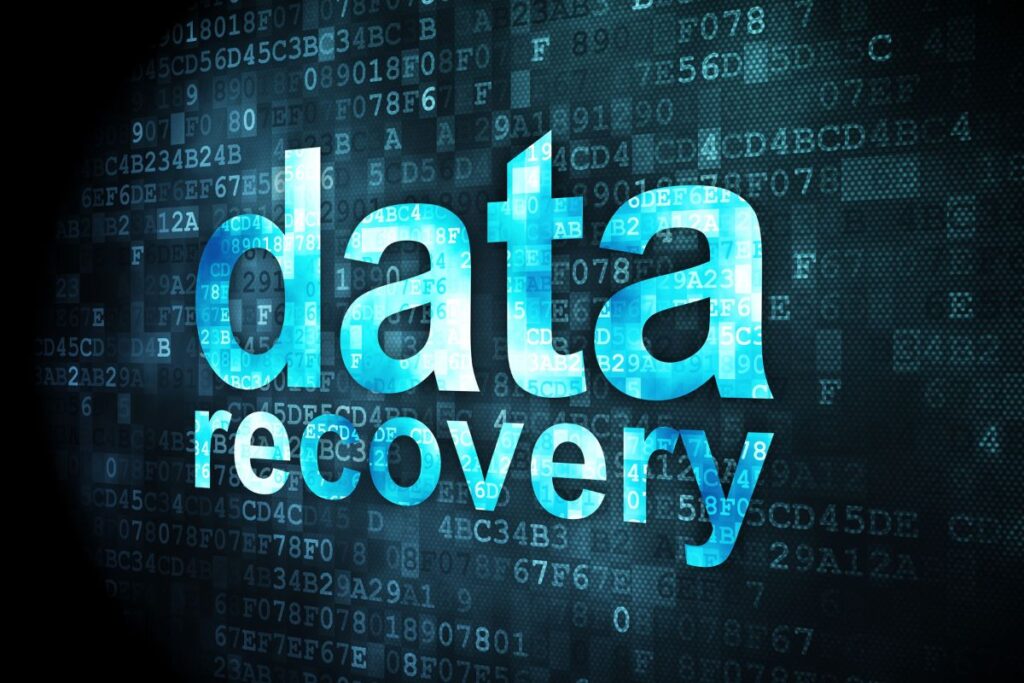
How to Recover Data from a Burned Mobile: A Step-by-Step Guide
Mobile devices are an integral part of our daily lives, and we rely on them to store vast amounts of personal and sensitive information. However, accidents can happen, and sometimes mobile devices may be subjected to extreme conditions, such as fire damage. In such cases, recovering data from a burned mobile can be a challenging task. In this blog post, we will explore the process of data recovery from a burned mobile and discuss the importance of digital forensics in areas like Fort Lauderdale.
I. Importance of data recovery from a burned mobile
In an era where our lives revolve around the digital world, our mobile devices serve as a vault for precious memories and vital information. A sudden mishap such as a fire can turn these valued devices into burned relics, causing the loss of irreplaceable data. Hence, recovering data from a burned mobile becomes a matter of paramount importance. It is not just about retrieving lost contacts or images; it’s about restoring parts of our digital identity that are intertwined with our everyday lives.
Overview of the data recovery process
Data recovery from a burned mobile, a key aspect of Mobile Phone Forensics, is not a straightforward process. It involves meticulous steps ranging from damage assessment and environment preparation to storage device extraction and the implementation of suitable data recovery methods. Each step requires precision, technical knowledge, and patience.
Benefits of recovering data from a burned mobile
The benefits of data recovery go beyond the mere restoration of lost files. It can help in maintaining continuity in professional life by recovering important documents and contacts. On a personal level, it can bring back cherished memories captured in photos or videos. Moreover, successful data recovery can also save us from the time-consuming and often impossible task of recreating the lost data.
II. Assessing the Damage
A. Safety precautions before attempting data recovery
Before embarking on the recovery process, safety should be the top priority. This includes allowing the burned device to cool down and using protective gear like gloves to handle the damaged device. Always ensure that the area is well ventilated to avoid inhaling any potentially harmful fumes.
B. Examining the extent of the burn damage
Assessing the extent of the damage is crucial in determining the feasibility of data recovery. This involves inspecting the device for visible external damage and estimating the degree of internal damage. The latter often requires specialized tools and expertise.
C. Identifying potential data recovery challenges
Burn damage can present various challenges for data recovery. For instance, critical components like the memory chip may have suffered irreparable damage. The severity of such challenges often becomes clear only after initiating the recovery process.
III. Creating a Suitable Environment
A. Setting up a clean and controlled workspace
A clean and organized workspace is crucial for carrying out the delicate process of data recovery. It helps in keeping track of the small components and prevents any further damage to the device during the recovery process.
B. Gathering necessary tools and equipment
Having the right tools at hand is equally important. This includes screwdrivers of various sizes, anti-static wristbands, tweezers, etc. These tools aid in safely dismantling the device and handling sensitive components.
C. Ensuring proper ventilation and safety measures
Data recovery, especially from a burned device, should be carried out in a well-ventilated space. This is to prevent any health hazards from potentially toxic fumes. Additionally, using safety gear like gloves and goggles can protect against accidental injuries.
IV. Extracting the Storage Device

A. Removing the burned mobile’s battery and SIM card
The first step towards recovering data is to remove the battery and SIM card. This reduces the risk of electrical shorts which could cause further damage. It’s essential to do this carefully to avoid inflicting more harm to the device.
B. Dismantling the device to access the storage components
Next, the device needs to be carefully dismantled to access the storage components. Depending on the device’s make and model, this process can range from straightforward to complex, often requiring specialized tools.
C. Handling precautions during the extraction process
During the extraction process, extreme care must be taken to prevent static electricity, which can wipe out data. Using ESD-safe equipment and following appropriate handling procedures can mitigate this risk.
V. Choosing the Right Data Recovery Method
A. Differentiating between physical and logical damage
Understanding the type of damage is crucial in determining the recovery method. Physical damage refers to actual, tangible harm to the device’s components, while logical damage pertains to issues with the software, such as corrupted files or system errors.
B. Assessing available data recovery options
Several data recovery options are available, ranging from DIY software solutions to professional data recovery services. The choice depends on factors such as the severity of the damage, technical expertise, and the value of the lost data.
C. Selecting the appropriate method based on the damage type
For logical damage, data recovery software might suffice. But in cases of severe physical damage, professional data recovery services are typically the best option. They have the required expertise and specialized equipment to handle complex recovery tasks.
VI. Logical Data Recovery Techniques
A. Connecting the storage device to a computer
If the storage device is still functional, it can be connected to a computer to access the data. This is often possible with removable storage like SD cards.
B. Using specialized data recovery software
Various data recovery software options are available in the market. These programs can scan the storage device and recover lost or corrupted files. However, their effectiveness largely depends on the extent and nature of the damage.
C. Exploring file system repair and extraction methods
For certain types of logical damage, file system repair or file extraction techniques can be useful. These methods involve repairing the damaged file system or extracting data directly from it, but they typically require advanced technical knowledge.
VII. Physical Data Recovery Techniques

A. Seeking professional data recovery services
When dealing with severe physical damage, it’s usually best to turn to professionals. Data recovery services have the necessary tools and expertise to safely extract data from physically damaged devices.
B. Exploring advanced techniques like chip-off recovery
In some cases, advanced recovery techniques like chip-off recovery might be used. This involves removing the memory chip from the device and reading it directly. Such methods are highly technical and should only be undertaken by professionals.
C. Understanding the limitations and risks of physical recovery
Physical recovery is not always successful and comes with its own set of risks. It’s important to understand these limitations and manage expectations accordingly.
VIII. Protecting Recovered Data
A. Storing recovered data in a secure location
Once the data is recovered, it should be stored in a secure location. This protects the retrieved data from being accidentally deleted or falling into the wrong hands.
B. Creating backups and implementing data redundancy
Backing up the recovered data ensures there’s a fallback if something goes wrong. Implementing data redundancy, such as storing data in multiple locations, provides an extra layer of security.
C. Enhancing device and data security measures
With the increasing threat of cyber attacks, enhancing device and data security measures is crucial. This includes regular software updates, using strong, unique passwords, and employing encryption wherever possible.
IX. Prevention and Preparedness
A. Tips for preventing data loss in the event of a fire
Preventive measures can save a lot of trouble. Using fire-resistant cases for mobile devices, avoiding overloading power outlets, and keeping devices away from flammable materials are some ways to minimize the risk of fire.
B. Regularly backing up data to avoid significant loss
Regular data backups are a lifesaver in case of data loss. It’s advisable to back up data in multiple locations, including cloud storage, to ensure it can be recovered even if one storage medium fails.
C. Importance of having a disaster recovery plan
A comprehensive disaster recovery plan outlines the steps to be taken in case of a disaster. This includes data backup and restoration procedures, emergency contact numbers, and other relevant information.
X. Conclusion
A. Recap of the data recovery process from a burned mobile
Recovering data from a burned mobile involves several critical steps, from assessing the damage and preparing a suitable environment to extracting the storage device and employing suitable recovery techniques. Despite the challenges, successful data recovery is often possible with the right approach and resources.
B. Emphasizing the value of professional assistance
While some may attempt DIY recovery, professional data recovery services often prove invaluable in handling complex recovery tasks. Their expertise and specialized equipment can make the difference between losing data forever and successfully restoring it.
C. Encouraging proactive data protection and recovery practices
Prevention is undoubtedly better than cure. Regular data backups, robust device and data security measures, and a comprehensive disaster recovery plan are essential elements of proactive data protection. These practices not only safeguard valuable data but also provide peace of mind in our increasingly digital lives.

